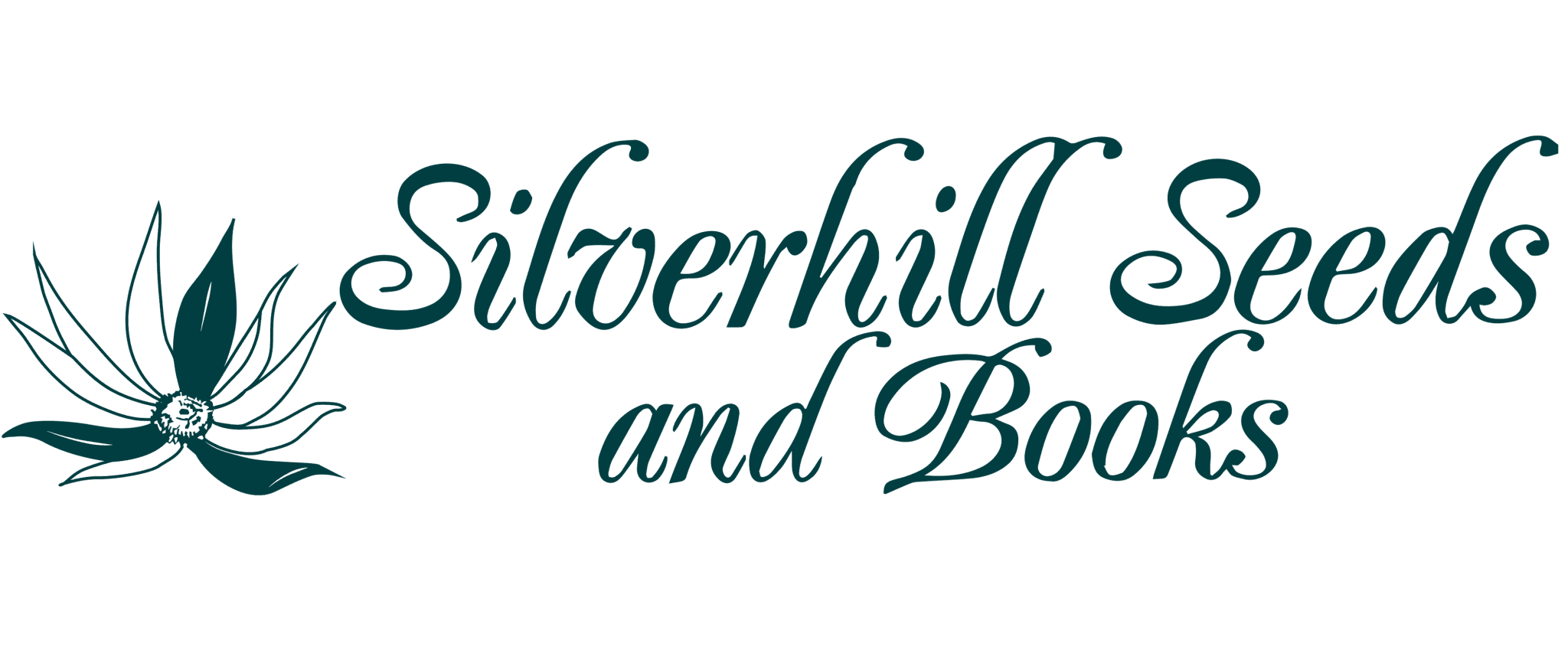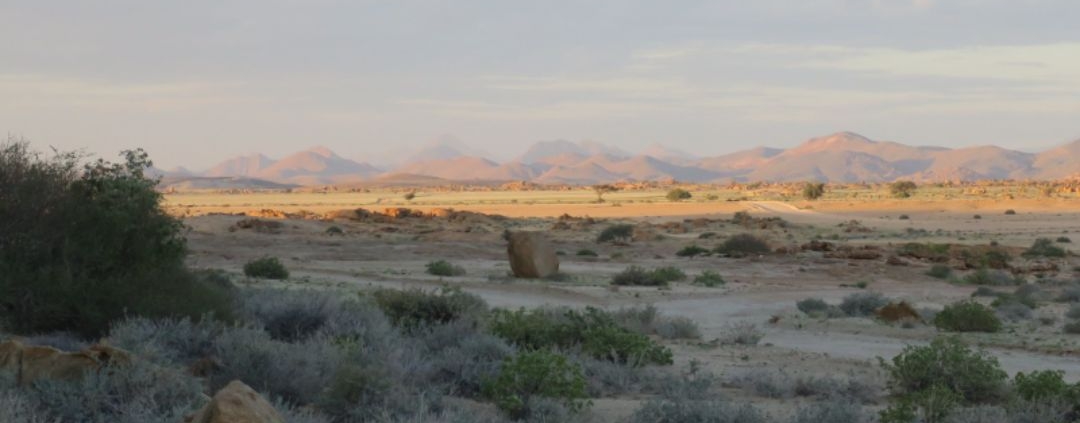From the Archives: Newsletter July 2003
July 2003
Dear Plant lover,
This newsletter starts where we left off in December 2002 – the solar eclipse. In our last newsletter, we were about to leave home to see the total solar eclipse, in the north of South Africa, about 2 000km from Cape Town. We joined about 70 000 other people who had rushed up to the north for the same purpose, and we camped the night before at some hot springs close by. Early the next morning we drove a further 70km to the centre line of the eclipse, and staked our claim to a square meter of roadside, from whence to view the sun. Totality was at 8am, and by 7am, we were surrounded by about 7 000 or more people. The atmosphere was festive and the people came in all shapes and sizes and every colour from the pale skins of tourists from mid-winter in Europe, to the blackest of black Africans. There were people who had the latest high-tech equipment in the form of cameras and telescopes and fancy motorcars, to those on bicycles, in buses and in taxis, and the local police in their vans, all clutching their plastic viewing glasses for protecting their eyes! An interesting aside: all the viewing glasses were made by disabled local people. All the local shops shut and everything ground to a halt for an hour or so.
At the commencement of the eclipse, cloud started to move in over the viewing area and for the next hour while it was all unfolding, we only obtained periodic glimpses of the sun, and by just before 8am we were all fully reconciled to not seeing the eclipse at all. It steadily got darker and darker, until at the point of 95% totality, a hush descended on the crowd although we couldn’t even see the sun at that stage! We were rewarded for our patience – at the point of totality, the clouds cleared and we were able to see one of the most awesomely simple and beautiful images that we have ever seen. It affected everyone similarly, and a collective 7 000 person gasp went out. The moon, now in front of the sun, was lit by the most ethereal light from our own earth’s reflection and wasn’t black at all, and was surrounded by a magnificent solar flare. A beautiful sight, for a minute! It then started to get light again, the clouds returned, and it was all over.
The traffic jam back to Johannesburg was 69km long of stop start traffic! Luckily we had anticipated this problem, so avoided the main road, botanised along the way, and had a most peaceful trip back home.
Ironically, the entire area was completely drought struck, and had not had any rain for 12 months. And those wretched clouds that disappointed so many viewers, did not bring one drop of rain!
Now that same drought has moved southwards and is affecting the western Cape’s winter rainfall. So far it has been one the driest winters on record, and although a few showers have fallen in Cape Town, the floral areas of Nieuwoudtville and Namaqualand have had no rain. This means that the floral displays in these areas will probably be non-existent. On the other hand, east of Cape Town towards Port Elizabeth, and the Little Karoo have had excellent rain and should have good floral displays in spring. The cold fronts that bring rain to Cape Town and the north, seem to be missing us completely and dropping their rain on the land to the east of us.
We have recently returned from a very rushed trip to the two most far flung areas we could find. We drove from Cape Town to the north east of South Africa, where we eventually landed up about 110km from Maputo in Mozambique. And 3 days later we were a mere 100km from the Atlantic Ocean in Namibia! Namibia had had late rain and was lush and green from Windhoek northwards. All the roadside plants were in flower – Barlerias, Sesamums, Crotalarias, Aptosimum species, Cleomes, beautiful ground cover Indigoferas, Monsonias and many others. Normally by May all the vegetation along the roads is dry and brown, so this year was exceptional. We walked a bit in the Brandberg, a notoriously dry area, and found a beautiful species of Sarcocaulon in full flower.
In mid-July we are off to spend a week in the Drakensberg, walking in icy cold and perhaps in snow without a plant in sight, followed by a week in southern Mozambique, botanising and hopefully finding some exciting trees and shrubs.
Some very disturbing news from South Africa is the new Biodiversity Bill that is shortly going before Parliament. It will, if passed in its present state, close us down, as it prohibits the collection and sale of seed for any purpose, without a multitude of permits. At present we operate with permits, but we have one permit for all the species we sell and one export permit. The new Bill specifies that we will require a different permit for each species, and all growers of native South African plants will also require permits to grow these species in their nurseries. We will have to apply for 2000 or more permits each year – the mind boggles! We hope that sanity will prevail, and that this legislation is modified before it goes any further.
A change in our book catalogue is that we are now quoting all book prices in our own currency, in South African rands. The reason for this is that in the past 6 months, our currency has fluctuated wildly. Last year it was valued at R13 to the US$. Today it is R7.90 to the US$. That means that if we charge R500 for a book, last year it was US$38, and this year it is $63! We have frequently had to sell books this year at a lower price than we paid for them. So, we will try quoting in SA rands, and perhaps that will work better. It is nice having a strong currency again, but it really needs to stabilise as at present it is changing drastically from day to day.
And finally, Silverhill Seeds may have to move yet again, and this move will involve new telephone and fax numbers. At present we run our business from a house in a suburb of Cape Town, and one of our neighbours has lodged a complaint with the City Council about the business. She is objecting on a matter of principle – she does not want any businesses in residential suburbs, and she has no complaint about us per se. So now we have had to apply to the Council for permission to continue to operate from our house. If our application is refused, we will have to move, and this time we will move to a commercial or light industrial complex. We have found a new office in case we have to go, but we hope that we will get permission to stay. We are all really happy here, the cat that has moved in is delighted to have us, we have a thriving vegetable garden behind the house and the swimming pool in the garden is great. Neighbours!! This one is what the City Council calls a “lace curtain twitcher” – she obviously has too little to do, and spends a fair bit of each day interfering in other people’s business. Apart from us, she is also trying to close down a local Clinic (a very large concern), and is attempting to get rid of all the prostitutes who ply their trade in the area. So we are in good (or bad!) company!
Happy gardening and best wishes,



